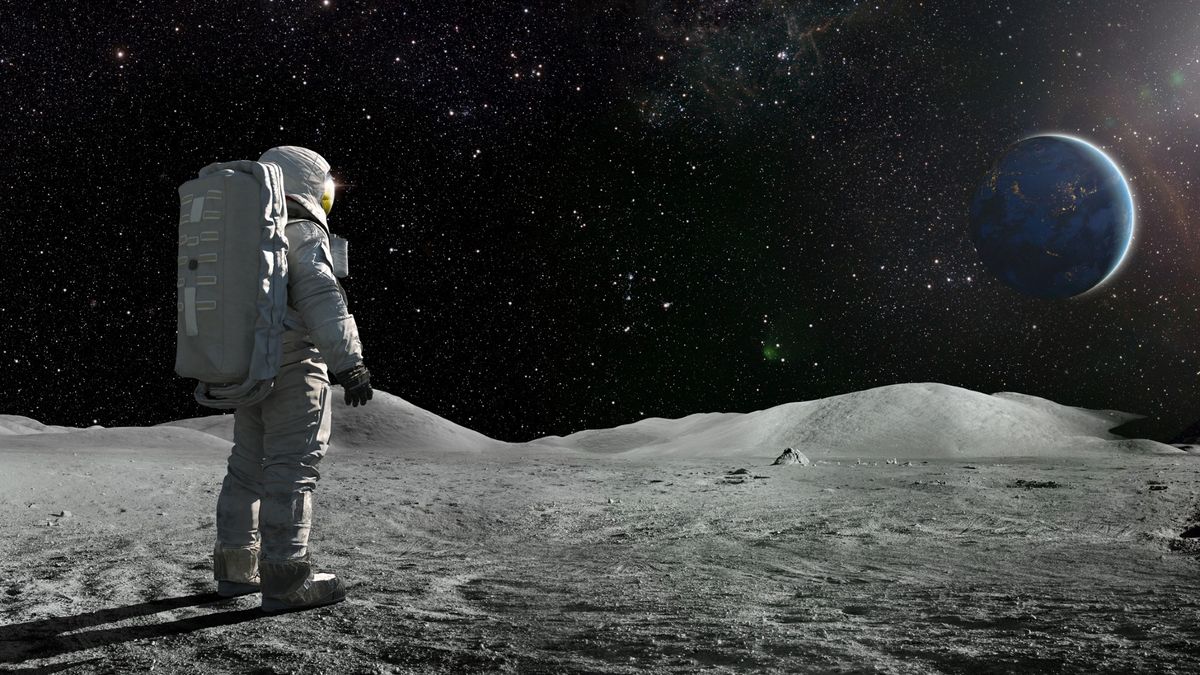It turns out that the amount of ice in the Red Sea is equivalent to the amount of ice directly below the equator of Mars
There is no ocean on Mars like Earth, but there is water underground. A new analysis of data sent by the Mars Express rover reveals that sediments up to 3.7 kilometers thick are likely ice, which is the amount of ice that separates Africa and the Arabian Peninsula. On the ground. It corresponds to the Red Sea.
European Space Agency – Water ice buried at the equator of Mars?
https://www.esa.int/Science_Exploration/Space_Science/Buried_water_ice_at_Mars_s_equator
Discovering a huge amount of water ice on Mars below the equator
https://www.sciencealert.com/a-massive-amount-of-water-ice-has-been-found-on-mars-lurking-beneath-the-equator
Mars Express is a spacecraft that was launched on June 2, 2003 and reached Mars orbit on December 25. Although the Beagle 2 lander could not be successfully sent to Mars, it continued to explore Mars as an orbiter that remained in orbit for more than 20 years.
From March 2006 to April 2007, Mars Express investigated the Medusae Fossil Formation (MFF) using the Advanced Mars Ionospheric Exploration Radar, discovering massive deposits up to 2.5 km thick.
The MFF consists of multiple structures several kilometers high and hundreds of kilometers in diameter that are created by weathering. It lies directly on the border between lowlands and highlands on Mars, and is thought to be one of the largest deposits on Mars.
By CReSIS/KU/Smithsonian Institution
Initial observations showed that the MFF has high radar penetration and low density. This matches the properties of the ice sheet, but since similar properties appear in volcanic ash and dust, it has not been possible to determine the true nature of this phenomenon.
Since then, as data has accumulated and new data analysis tools have emerged, the sediment has been found to be larger than originally observed, up to 3.7 kilometers thick.
It was also revealed that the deposits were ice masses, because they resembled radar signals seen at the polar caps of Mars, which are known to be rich in ice.
“If the MFF were a mass of dust, we would expect it to be more compressed due to its weight,” said Andrea Cicchetti of the Italian National Institute of Astrophysics, who conducted the analysis. “In this case, the denser deposits would be more dense.” We have modeled how “Different non-ice materials, and none of them could reproduce the properties of MFF, which meant we needed ice.”
“The latest analysis raises as many questions as answers about our understanding of the MFF,” said Colin Wilson, a scientist at the European Space Agency who works on projects such as Mars Express. How long have sediments formed, and what is Mars? “If it is confirmed to be water ice, the deposits could change our understanding of the history of the climate of Mars. I think the 'ancient water reservoir' would be an attractive target for exploration.”
If the massive MFF deposits were ice, the amount would be equivalent to the amount of the Red Sea on Earth, and if it had melted, it would have covered Mars at a depth of 1.5 to 2.7 meters.

“Travel maven. Beer expert. Subtly charming alcohol fan. Internet junkie. Avid bacon scholar.”









More Stories
The “FFXIV: Golden Legacy Benchmark” is scheduled to be replaced in the second half of the week of May 23. Many bugs such as character creation screen, etc. have been fixed.
Sleep without your iPhone alarm going off! ? Causes and Countermeasures to Wake Up with Peace of Mind – iPhone Mania
A close-up image of the dark nebula “Horsehead Nebula” observed by the Webb Space Telescope |